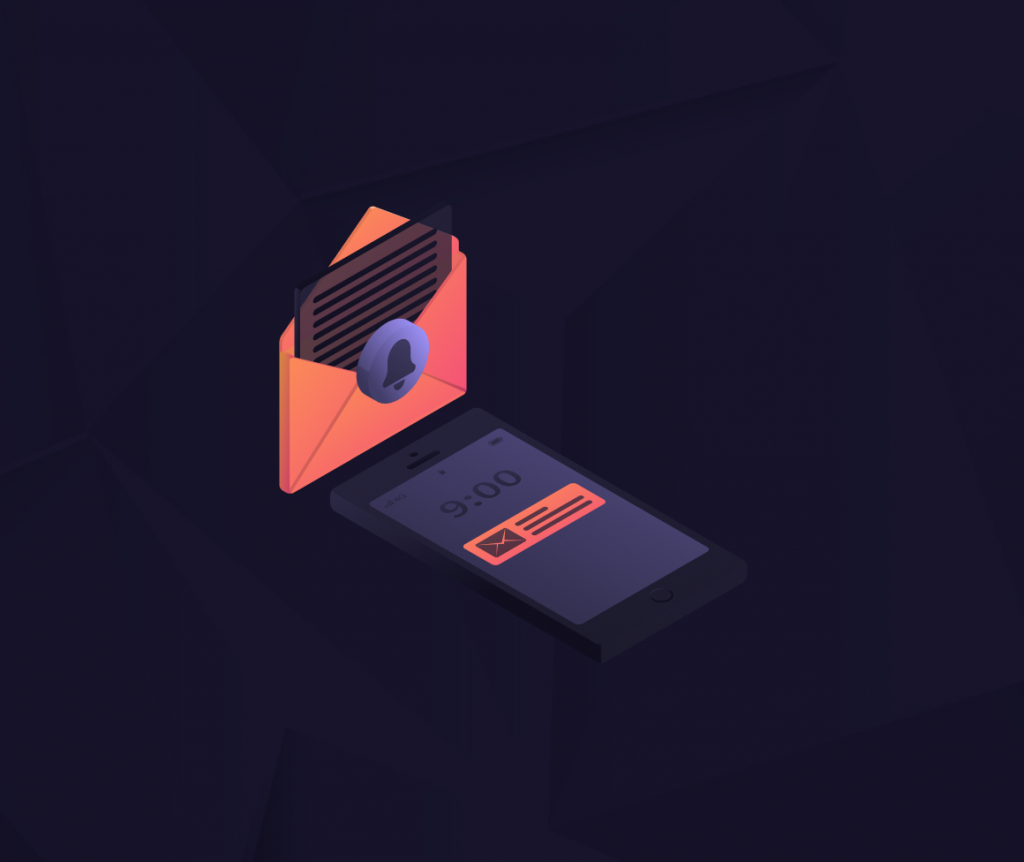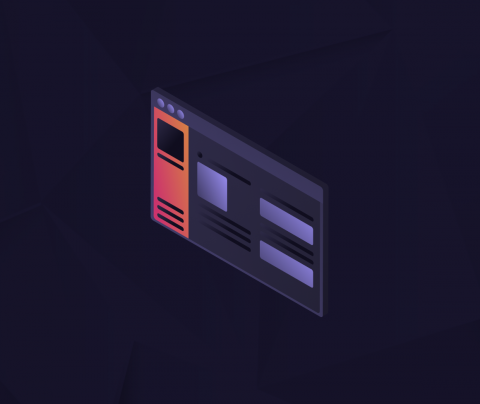Affiliate marketing used to be simple. You’d pick an offer, run some traffic, optimize based on conversions, and scale what worked. But the game has changed. With rising acquisition costs, privacy regulations tightening, and users getting smarter (and more impatient), the old playbook just doesn’t cut it anymore.
One of the biggest problems affiliates face right now? Engagement. Or, more accurately, the lack of it. You’re burning budget sending traffic to landing pages, only to watch users bounce within seconds. Retargeting is clunky. Email open rates are depressing. Social ads are oversaturated. And display? Good luck standing out.
So, how do you grab attention and keep it… Without blowing your margins? Let me introduce you to push notification ads.
Why Engagement Is Tanking (And Why That’s a Problem)
Here’s the ugly truth: users are numb. They scroll past ads without noticing. They ignore emails unless the subject line screams at them. And unless your brand is Apple or Nike, your remarketing banners are just white noise.
You might be generating a decent amount of clicks. But conversions? They’re disappearing into the void. Why? Because we’ve lost the ability to stay top of mind in real-time. When your next message reaches a user, they’ve already moved on.
That’s the heart of the problem – the delay between interaction and follow-up is killing conversions.
Now, add to that the operational pain: managing segmented audiences across different platforms, manually syncing data, and trying to stop fraud while analyzing traffic in twenty tabs. It’s overwhelming.
This is where push notifications shift the equation.
The Push Notification Advantage
Push notification ads give affiliates and performance marketers something they haven’t had in a while: immediacy.
A push message shows up directly on the user’s device, in real time, no app or inbox required. It’s an opt-in channel – meaning the user wants to hear from you – and when done right, it brings insanely high visibility and engagement.
I’m not just talking about those flashy “one weird trick” pushes. I mean smart, strategic, behavior-based push notifications that extend your funnel and let you re-enter the user’s attention span instantly.
Here’s where the push starts solving problems:
- You send traffic to a landing page. A user clicks, looks around, but doesn’t convert.
- Instead of losing them forever, they get a push a few minutes later. Maybe an incentive. A reminder. A sense of urgency.
- You recapture their focus when it matters most – before they forget your brand even existed.
Push notifications give you a second (and third, and fourth) chance to close.
And unlike email or paid retargeting, they don’t come with hidden delivery fees, algorithm black boxes, or audience fatigue baked in.
Where It Breaks Down: The Technical Hurdles
Now, here’s the part nobody wants to talk about – push is powerful, but it’s not plug-and-play.
Most affiliates who try to push either:
- Use it like a banner ad and get dismal results, or
- Get buried in the setup process: integrating scripts, segmenting behavior, syncing conversion tracking, managing different providers…
That’s what kills the momentum. And frankly, it’s why a lot of good marketers give up too soon.
Let me be clear – push notifications alone won’t fix your business. But using push as part of a broader strategy that connects your traffic sources, automates retargeting, and actively filters fraud? Now we’re talking serious performance gains.
That’s why platforms like Hyperone exist – not to sell you another shiny tool, but to remove the bottlenecks that make traffic management such a pain.
I’ve personally wasted weeks trying to duct-tape push providers to tracking dashboards, chasing down postback errors, and wondering why conversions randomly died off. Hyperone solved that by turning it all into one streamlined ecosystem. But let’s keep the focus on the actual affiliate challenges here.
Push Notification Strategies That Work
Push isn’t just about sending messages. It’s about sending the right message at the right time to the right person. Sounds like marketing 101 – but most affiliates miss the mark because they treat it like a mass-blast tool.
Here’s a peek at two core strategies I use regularly that consistently improve ROI:
1. Time-Triggered Pushes
Timing isn’t everything – it’s the only thing. The difference between a 1% CTR and a 10% CTR on a push often comes down to when it’s sent.
I’ve tested this across finance, Nutra, sweepstakes, and even gambling verticals. For cold traffic, a push 7–10 minutes after a user visits the lander (but doesn’t convert) performs best. For warmer leads, a next-day reminder with added urgency (“only 12 hours left!”) works wonders.
You don’t need to guess. Tools like Hyperone let you build these flows visually, and it saves so much trial and error.
2. Behavior-Based Segments
If you treat every user the same, your results will suck. That’s just the truth.
Someone who bounced in 3 seconds is different from someone who clicked through to your offer page. Your push strategy needs to reflect that.
For example, users who clicked but didn’t buy get a different sequence than users who never engaged. Users from different GEOs or devices?Different creatives, languages, and urgency levels.
This kind of segmentation isn’t just about being clever – it’s how you protect your margins. And yes, Hyperone makes setting up dynamic audiences feel like dragging blocks around. But the point is, without behavior-based pushes, you’re leaving conversions on the table.
Why This Matters More in 2025
Let’s zoom out for a second. The future of affiliate marketing isn’t about who can buy the most traffic – it’s about who can convert the most traffic at the lowest possible cost.
That means:
- Automating lead follow-ups in real time.
- Cutting fraud before it even hits your reports.
- Giving users multiple, strategic chances to convert – without annoying them.
- Doing all this without adding 6 new tools, 3 freelancers, and a 200-slide tracking sheet.
Push notifications are the glue. They connect all the moving parts. They give you leverage.
In the hands of an amateur, they’re just noise. But when you combine them with intent-based data, automated funnels, and solid analytics, that’s when you get real results.
That’s why more and more affiliates I know are turning to Hyperone. Not because it’s trendy, but because it lets them finally manage push like pros – without the typical tech drama.
Final Thoughts: Take Back Control
At the end of the day, push notifications give you one thing above all else – control.
You control the timing. You control the message. You control the sequence. And most importantly, you control how your traffic behaves after that first click. In a world where attention is scattered and competition is fierce, that’s the edge that makes the difference between a profitable campaign and a burned-out budget. So yeah, push might not be the flashiest thing in your stack. But it might just be the smartest.
And if you’re tired of the same old struggles – slow follow-ups, messy integrations, vanishing leads – you might want to check out how Hyperone makes it all work.











